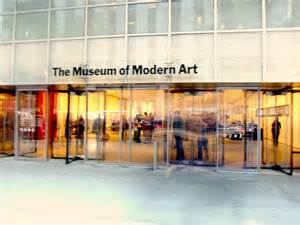- Jul 21 2024
New York City, NY
The earliest color films were made around 1895, when new, synthetically produced dyes transformed the nature of color in mediums such as postcards, magic lantern slides, and fabrics. For moviegoers and critics of the period, color added to films shot in black and white was an attractive “special effect.” In the decades before Technicolor proved capable of reproducing a full spectrum of colors closer to those of the real world, colorists indulged in the imaginative possibilities of the techniques available to them. Far from a foregone conclusion, color in film was an accent, an opportunity for artistry and experimentation. Writing in 1931, the filmmaker and historian Paul Rotha went so far as to claim that color “is unnecessary in the dramatic theatrical film” and “definitely diminishes appeal.” Color, he continued, “must always remain a speculation from a commercial point of view…a white elephant to the cinematic medium.”
Recalling this “forgotten history,” this gallery installation of nine cinema works from MoMA’s collection introduces a number of early systems that were used to reproduce color on celluloid. Focused on films produced in the United States and France from the mid-1890s through the mid-1930s, the exhibition features a suite of hand-colored Butterfly and Serpentine dance films from the 1890s; the stencil-colored L’Antre Infernal (1905) and La voix du rossignol (1923); experimental Technicolor tests (1933–35), including one with actress Katherine Hepburn as Joan of Arc; and Sunshine Gatherers (1921), an advertisement for canned fruit shot in Prizma color. Digitally restored by the Department of Film in 2019, these are among the most engaging works that were acquired by the Museum’s Film Library around the time of its founding in the 1930s.
Credit: Overview from museum website
Exhibition Venues & Dates
- Jul 21 2024
New York City, NY
